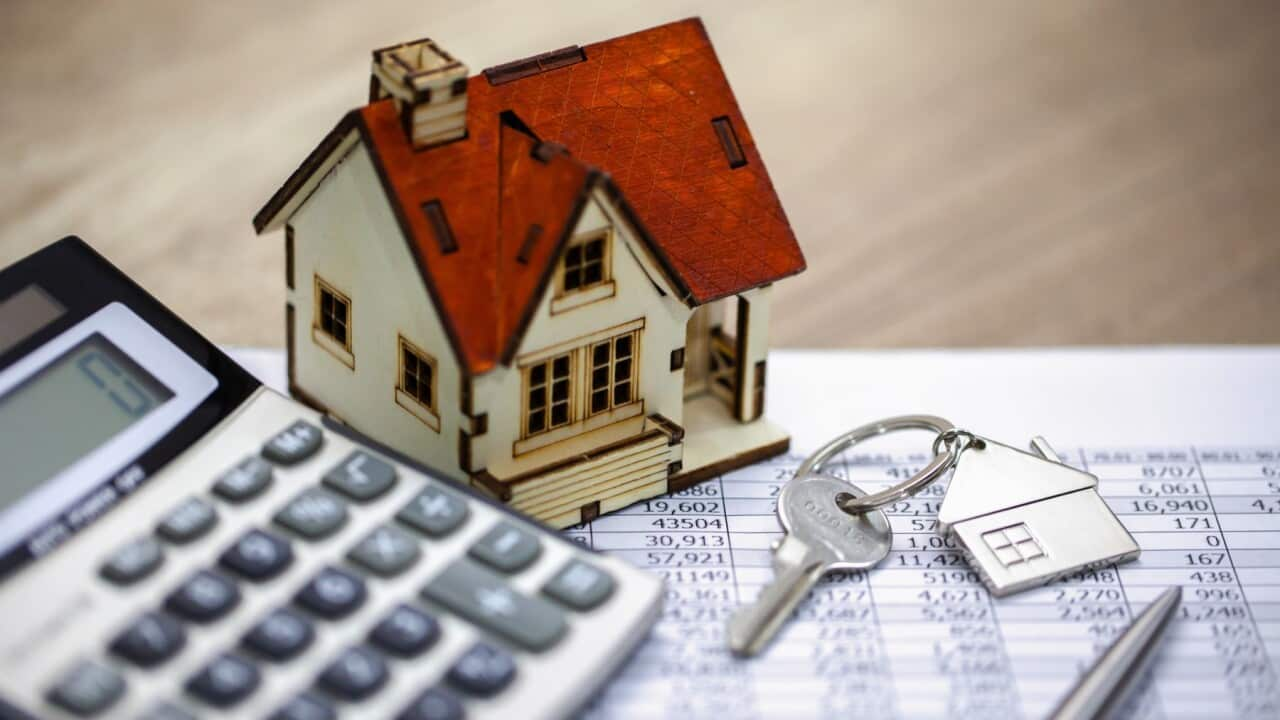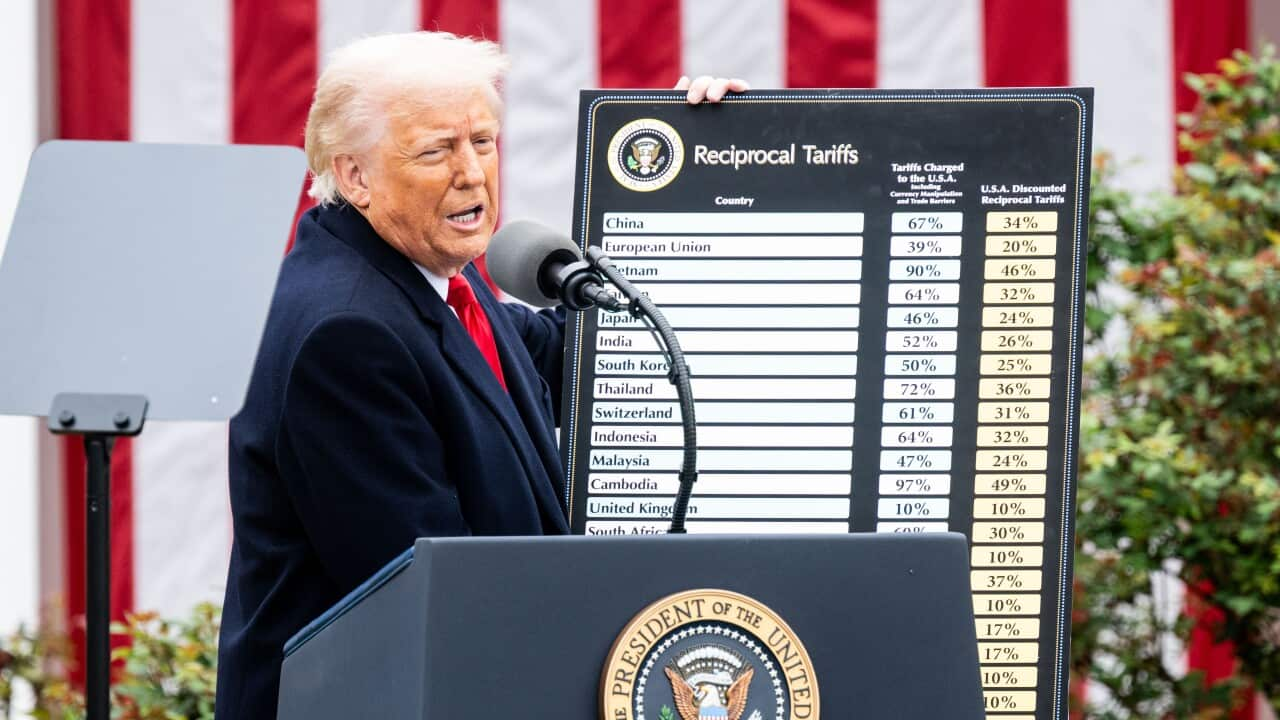Highlights
- A fixed-term loan is an attractive option for many borrowers due to the stability and certainty of how much they would repay as it protects against any potential increase in interest rates
- A variable rate loan is one where the interest rate can go up or down,it's mainly driven by the Reserve Bank’s decision
- A Lenders Mortgage Insurance or LMI, which is an insurance that protects the lender in case a borrower can’t pay back the loan
When you take out a fixed-rate loan from a financial institution, the rate of interest you pay on your loan doesn’t change for the duration of the fixed term even if your lender changes interest rates.
A fixed-rate home loan is where you take out a loan from a financial institution at a fixed rate for a certain period of time, and the interest rate on it doesn’t change during the fixed term despite the rates going up or down.
Mortgage broker Peter Ruddock runs Mortgage Choice with his wife in Melbourne’s eastern suburbs. He says the fixed term is usually from one to four years.
“If the amount you are borrowing is 80 per cent or more of the purchase price, then the banks are generally going to require you to take out what is referred to as Lenders Mortgage Insurance, which is insurance against you - the buyer defaulting. Now one of the problems with these things is that you, the buyer end up paying that insurance, but it doesn’t insure you against anything. It simply insures the bank if you default on the loan and they can’t get their money back from you, they will get their money from the insurance company," Melbourne University Professor Kevin Davis said.




